Instant Freeze Water - Bottle Slam
You put a plastic bottle of soda pop or water in the freezer for a few minutes to get it ice cold. It’s still a […]
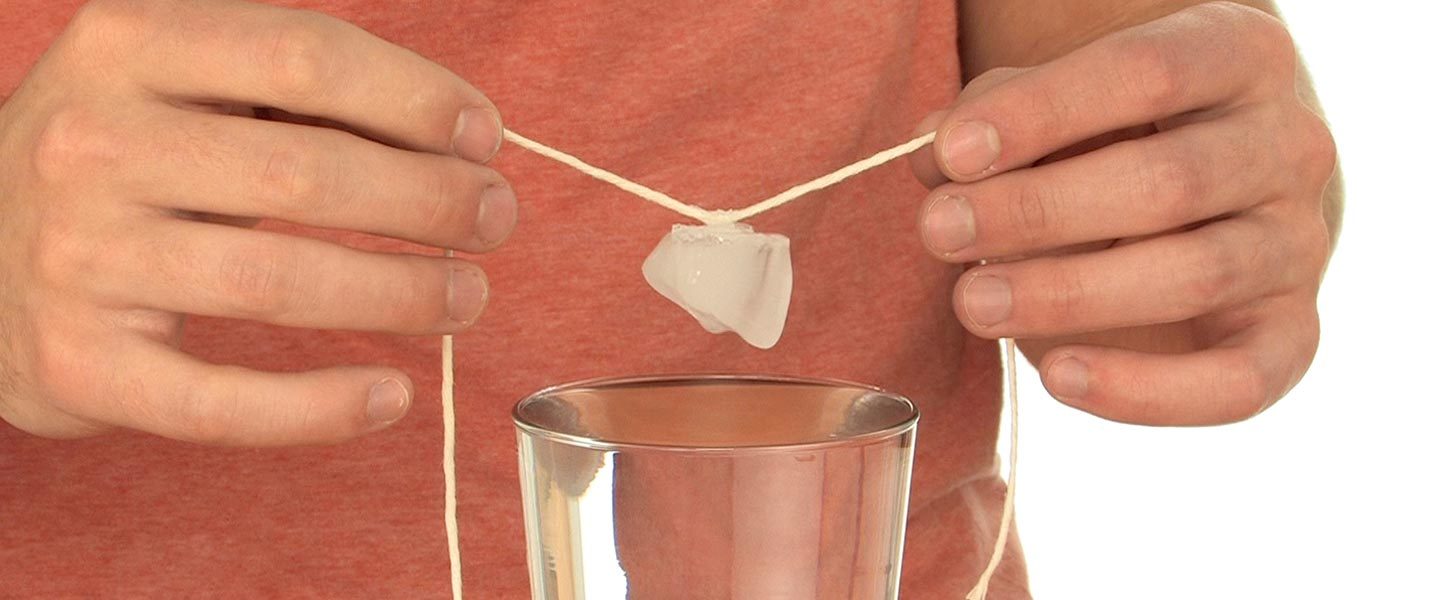
Most normal people won’t put effort into trying to catch a solid chunk of ice with a rope. Luckily, we aren’t most people! Steve and his freeze-ologists wondered if it was possible to pick up an ice cube by using a rope. Seems simple enough. But here’s the catch… you can’t tie the rope around the ice cube! Believe it or not, it is possible!
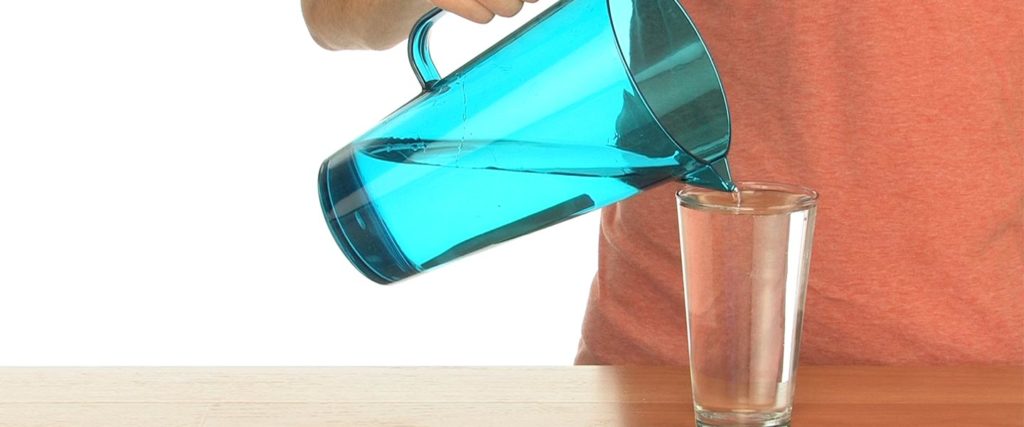
Fill a glass completely full with water.
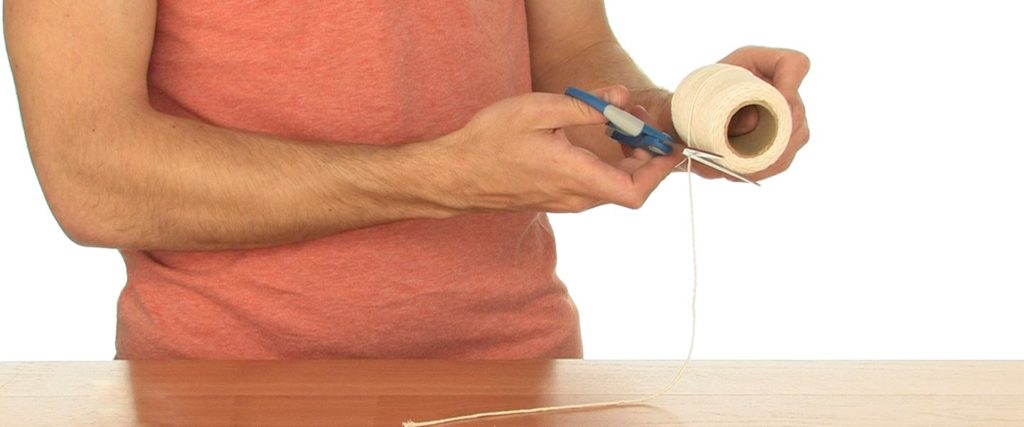
Cut a piece of string about 12 inches long.
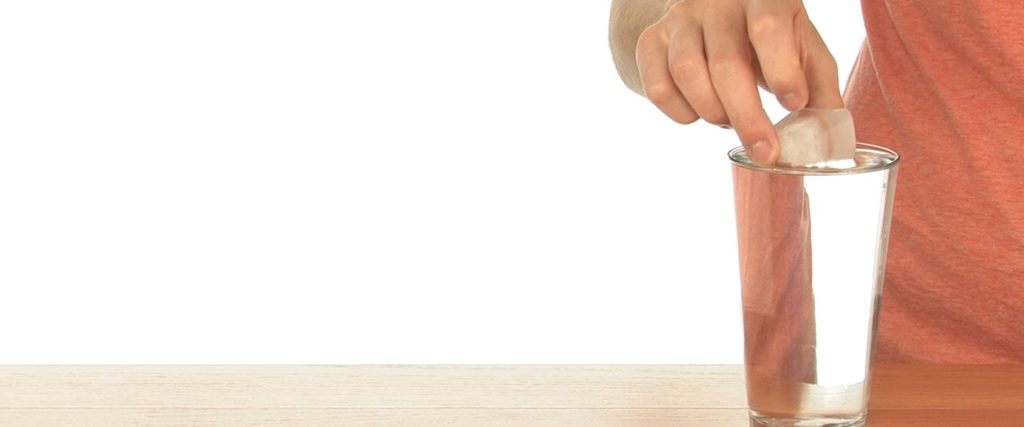
Take an ice cube out of your freezer and drop it into the glass of water.

Lay the string across the top of the ice cube. Let the string sit there for a few seconds and try to lift the ice cube out of the water. Did it work?
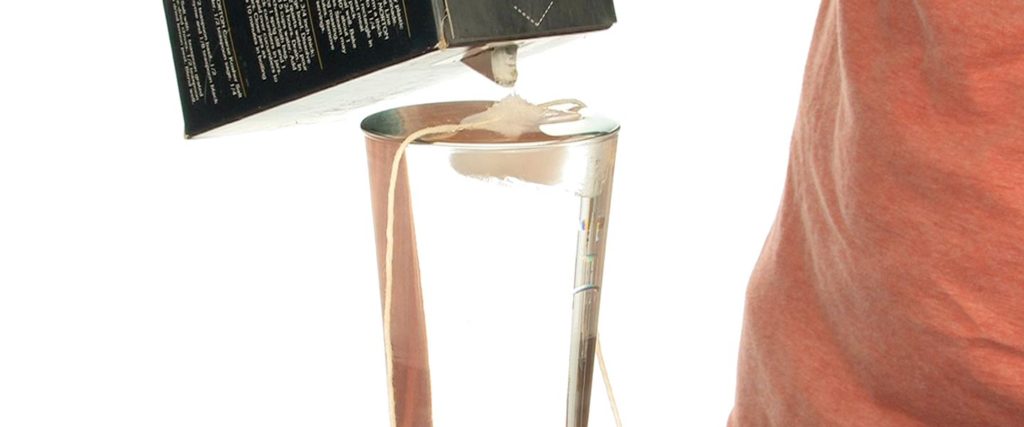
Now, lay the string across the top of the ice cube again. This time, sprinkle some salt onto and around the string as it lays on the ice cube.
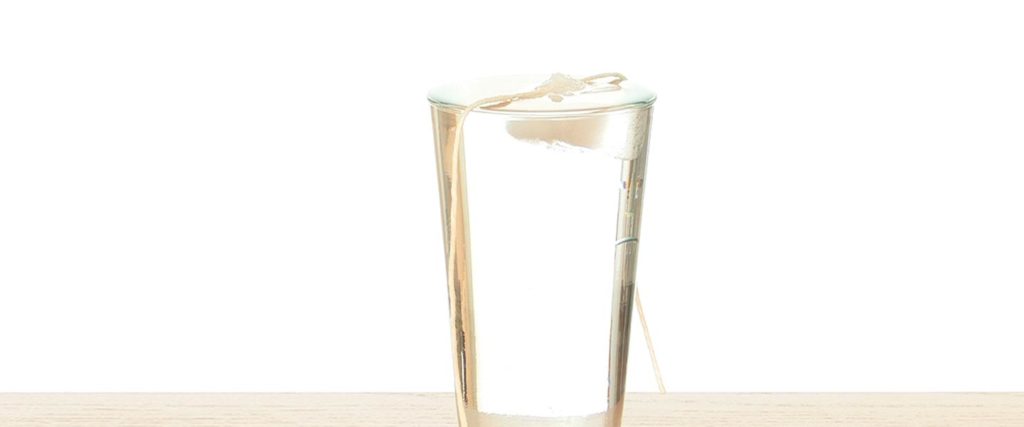
Again, wait a few seconds with the string laying across the top the ice cube.
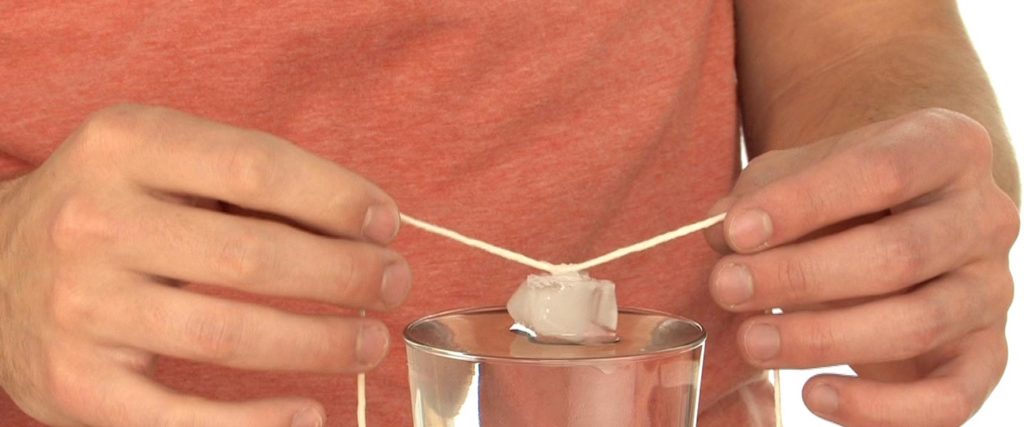
Carefully lift the string and the ice should come with it! If it doesn’t, try again using more salt.
Water is a very fickle material. The introduction of a contaminant will instantaneously drop the freezing point below 32°. Crazy, right? It’s true. You witnessed it with the experiment you just did. When you added the salt, you introduced a contaminant to the frozen water (ice). The ice then melted and refroze around the string as the “contaminated” H2O molecules were cooled by the surrounding molecules. This creates the attachment between the ice cube and the rope, allowing you to lift the ice with the rope.
Lifting ice that has formed around a rope is cool, but it isn’t a science fair project. You can create a science fair project by identifying a variable, or something that changes, in this experiment. Let’s take a look at some of the variable options that might work.
That’s just a couple of ideas, but you aren’t limited to those! Try coming up with different ideas of variables and give them a try. Remember, you can only change one thing at a time. If you are testing different types of water, make sure that the other factors are remaining the same!